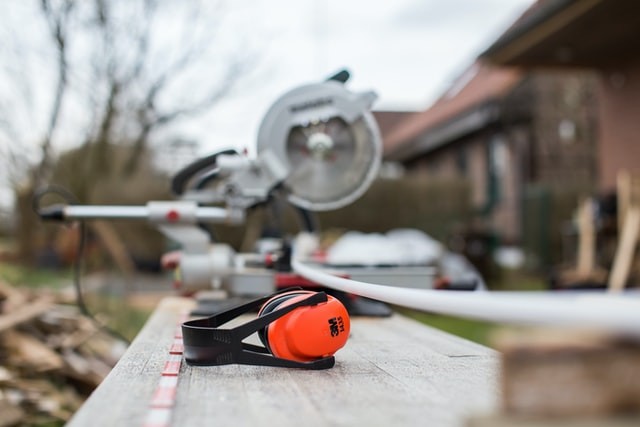OHS Compliance in British Columbia
In BC, safety regulations are being enforced. See how it helps supporting the wellbeing of workers, and the consequences of violating it.
Posted on: Aug 26, 2021
British Columbia’s OHS Regulation
It’s essential for employers to be aware of their responsibilities in looking after their workers and maintaining a safe work environment. In British Columbia, safety regulations are enforced by the government in order to support the wellbeing of industrial workers and any other individuals on the worksite (WorkSafeBC, 2021). Ultimately, the goal is to avoid work-related injuries and/or fatalities, as well as reduce any risks caused by workplace hazards. The Occupational Health and Safety (OHS) Regulation — which abides by the Workers Compensation Act — consist of 34 different sections, including topics like “Noise, Vibration, Radiation and Temperature” and “Personal Protective Clothing and Equipment” (WorkSafeBC, 2021).
The noise exposure limit is 85 dBA Lex (averaged over workday) or 140 dBC (decibels relative to the carrier) at peak sound level (CCOHS, 2020). If noise exposure limits are not abided by, the employer is responsible for developing a program to control noise levels and conserve worker hearing. Amongst other aspects, this plan must include noise measurement, education and training, hearing protection, hearing tests, and a review of the program on a yearly basis (WorkSafeBC, 2021). These measures can be rather demanding in both time and money, especially when they require frequent check-ins.
Violation Consequences
This highlights the importance of employers complying with the OHS Regulation. If companies fail to abide, they may be subject to penalties like monetary fines, which vary depending on the violation (WorkSafeBC, 2021). Beyond government-enforced penalties, the wellbeing of workers could also be jeopardized. Noise induced hearing loss (NIHL) is the most prevalent work-related condition; damage is permanent and irreversible (WorkSafeBC, 2021). Often, it is difficult to detect hearing loss due to its subtle signs (WorkSafeBC, 2021). For example, workers may not be able to hear higher-pitched noises as well as they used to.
The Solution
When the noise itself cannot be eliminated from a workplace (such as at a sawmill or on a construction site), hearing protection is essential to protect the health and safety of employees. Employers are always responsible for making personal protective equipment (PPE) available to their workers, as well as ensuring that it is properly maintained and used (WorkSafeBC, 2021). It is recommended that workplaces provide a variety of hearing protection options so that workers have access to equipment that suits them (WorkSafeBC, 2021). Realistically, if equipment fits poorly, there is a chance that it will be neglected by employees.
To provide flexibility for different employees, the picoLink is compatible with any hearing protection that can be plugged into a 3.5mm output jack. This allows the user to wear their preferred hearing protection and maximize comfort. Further, the picoLink also does not require users to remove their hearing protection to hear their colleagues. Instead, voices are transmitted directly through the hearing protection.
- Government of Canada, C. C. for O. H. and S. (2021, August 25). Noise – occupational exposure limits in Canada : OSH answers. Canadian Centre for Occupational Health and Safety.
https://www.ccohs.ca/oshanswers/phys_agents/exposure_can.html - Hearing loss. WorkSafeBC. (2020, January 16).
https://www.worksafebc.com/en/health-safety/injuries-diseases/hearing-loss - Hearing protection. WorkSafeBC. (2017, April 5).
https://www.worksafebc.com/en/health-safety/tools-machinery-equipment/personal-protective-equipment-ppe/types/hearing-protection - OHS Regulation Part 7: Noise, Vibration, Radiation and Temperature. Worksafebc. (2021, April 22).
https://www.worksafebc.com/en/law-policy/occupational-health-safety/searchable-ohs-regulation/ohs-regulation/part-07-noise-vibration-radiation-and-temperature#SectionNumber:7.1



